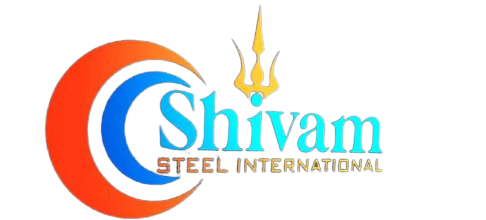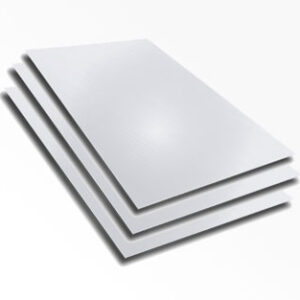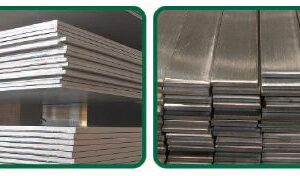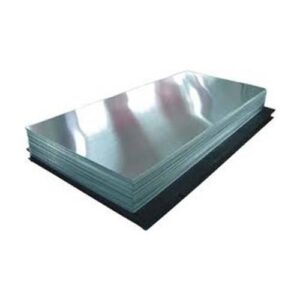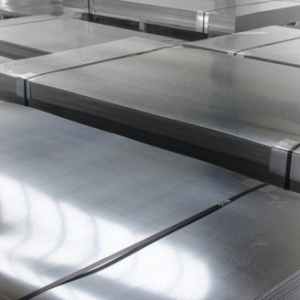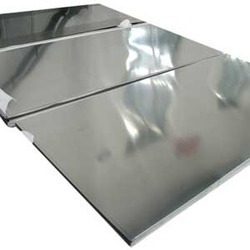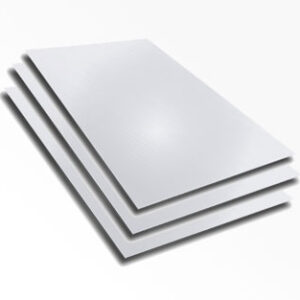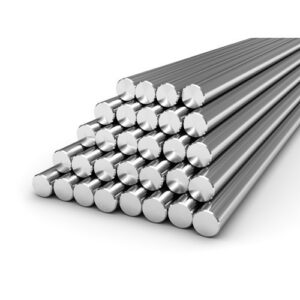Applications:
Alloys 309 and 309S are used exclusively for their high temperature oxidation resistance, excellent high temperature strength, along with their resistance to creep deformation and environmental attack. Some examples include, but are not limited to:
- Heating elements
- Aircraft and jet engine parts
- Heat exchangers
- Carburizing annealing products
- Sulfite liquor handling equipment
- Kiln liners
- Boiler baffles
- Refinery and chemical processing equipment
- Auto exhaust parts
Standards:
- ASTM/ASME: UNS S30900/S30908
- EURONORM: FeMi35Cr20Cu4Mo2
- DIN: 2.4660
Corrosion Resistance
- Provide excellent corrosion resistance
- More resistant to marine atmospheres than Alloy 304
- Often used at higher temperatures to take advantage of their oxidation resistance
- Have high resistance to sulfite liquors
- Generally considered heat resistant alloys
- Destructive scaling temperature is approximately 2000oF
- Good scaling resistance with regard to continuous and intermittent service
High Temperature Corrosion
- Alloy 309 resists high temperature corrosion in most in-service conditions. Operating temperatures are as follows:
- Oxidizing conditions (max. sulfur content–2 g/m3)
- 1922°F (1050°C) continuous service
- 2012°F (1100°C) peak temperature
- Oxidizing conditions (max. sulfur greater than 2 g/m3)
- 1742°F (950°C) maximum temperature
- Low oxygen atmosphere (max. sulfur content–2 g/m3)
- 1832°F (1000°C) maximum temperature
- Nitriding or carburizing atmospheres
- 1562–1742°F (850–950°C) maximum
- Oxidizing conditions (max. sulfur content–2 g/m3)
Heat Treatment
- Cannot be hardened through heat treatment because the consist solely of austenite at room temperature
- Higher tensile and yield strengths that can be obtained through cold working and not followed by full annealing are not stable at the higher temperatures where these alloys are used
- Creep properties can be negatively affected by the use of cold worked material at these higher temperatures
Fabrication
- Can be roll formed, stamped, and drawn readily
- In process annealing is often required to reduce hardness and increase ductility
Weldability
- The austenitic class of stainless steels is generally considered to be weldable
- Generally considered to have weldability equivalent to the most common alloys of the austenitic class 304 and 304L
- Special consideration is needed to compensate for a higher coefficient of thermal expansion to avoid warping and distortion.
